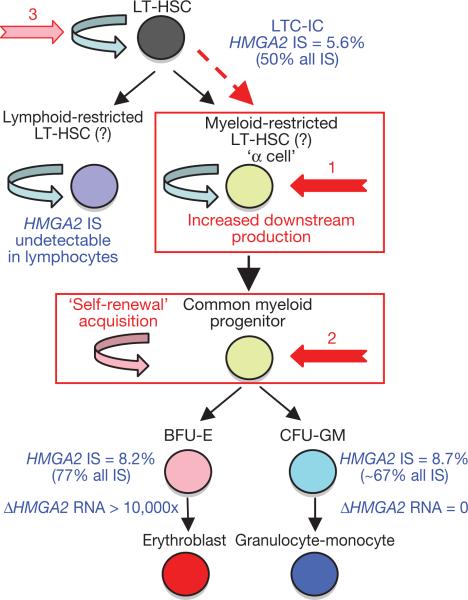Figure 4. Homeostatic myeloid-biased cell expansion.
Assuming that HMGA2 dysregulation was causative in the onset of clonal dominance, cell expansion is likely to occur by transient HMGA2 expression upstream of the erythroid/granulocyte-monocyte bifurcation (by lineage priming22 and/or loss of let-7 microRNA control13). This is because the HMGA2 IS is represented in erythroblasts, granulocyte-monocyte and LTC-IC cells in similar proportions, whereas HMGA2 expression is only detected in erythroid cells. Because the HMGA2 IS is undetectable in lymphocytes, long-term (LT) homeostatic cell expansion is myeloid-biased. The HMGA2 IS initiating cell is likely to be a myeloid-biased LT-HSC19/α cell20 with increased downstream cell production (1, in red) or a common myeloid progenitor with acquired self-renewal capability (2, in red).

